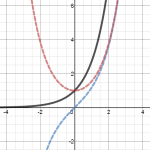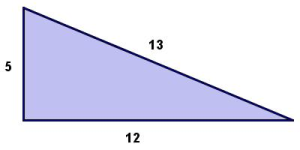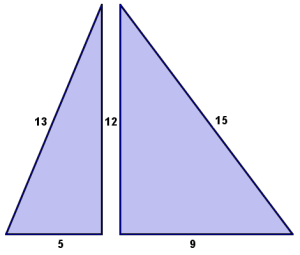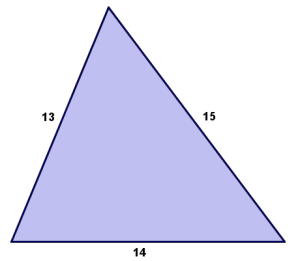 When it comes to functions, the concepts even and odd have always been important to me as a teacher. Connecting the algebraic and geometric representations of mathematical ideas is a primary goal in my classroom, and these concepts provide great opportunities to do that.
When it comes to functions, the concepts even and odd have always been important to me as a teacher. Connecting the algebraic and geometric representations of mathematical ideas is a primary goal in my classroom, and these concepts provide great opportunities to do that.
Algebraically, a function is even if  , and this condition manifests itself geometrically as symmetry with respect to the y-axis in the graph of
, and this condition manifests itself geometrically as symmetry with respect to the y-axis in the graph of  . A function is odd if
. A function is odd if  , and geometrically this means that the graph of
, and geometrically this means that the graph of  is symmteric with respect to the origin. Knowing a function is even or odd provides a wealth of information to work with, and can make solving some problems trivially easy.
is symmteric with respect to the origin. Knowing a function is even or odd provides a wealth of information to work with, and can make solving some problems trivially easy.
But it wasn’t until recently that I learned the following amazing fact: Functions can essentially be uniquely decomposed into even and odd parts!
Claim: Let  be a non-zero, real-valued function whose domain is symmetric about the origin; that is,
be a non-zero, real-valued function whose domain is symmetric about the origin; that is,  exists implies
exists implies  exists. Then
exists. Then  can be uniquely expressed as the sum of an even function and an odd function.
can be uniquely expressed as the sum of an even function and an odd function.
Proof: For any function  , define the functions
, define the functions  and
and  in the following way:
in the following way:
 and
and 
First, we see that
 .
.
Next, since  , we have that
, we have that  is even.
is even.
Similarly, since  , we have that
, we have that  is odd. Thus,
is odd. Thus,  can be expressed as the sum of an even function and an odd function.
can be expressed as the sum of an even function and an odd function.
Now, suppose  could written as the sum of an even and an odd function in two ways:
could written as the sum of an even and an odd function in two ways:

A little algebra gives us

Since the sum of even functions is even and the sum of odd functions is odd, we have an even function,  , equal to an odd function,
, equal to an odd function,  . The only function that is both even and odd is the zero function (another fun proof!), therefore
. The only function that is both even and odd is the zero function (another fun proof!), therefore

and so


Thus, this representation of  is unique. (Note: since 0 is both even and odd, we can consider
is unique. (Note: since 0 is both even and odd, we can consider  to be the unique decomposition in case
to be the unique decomposition in case  is itself even or odd.)
is itself even or odd.)
I was fortunate to encounter this unfamiliar fact at a time when hyperbolic trig functions were on my mind, which made it obvious to me where the hyperbolic sine and cosine functions come from: They are the even and odd parts of  !
!

I also used this fact in a fun but inefficient proof that the derivative of an even function is an odd function.
Are there are other cool consequences of this unique decomposition of functions?
Related Posts









